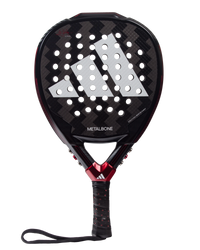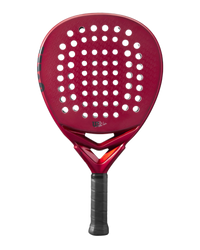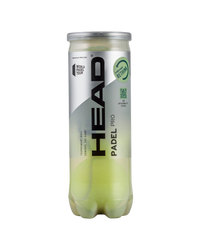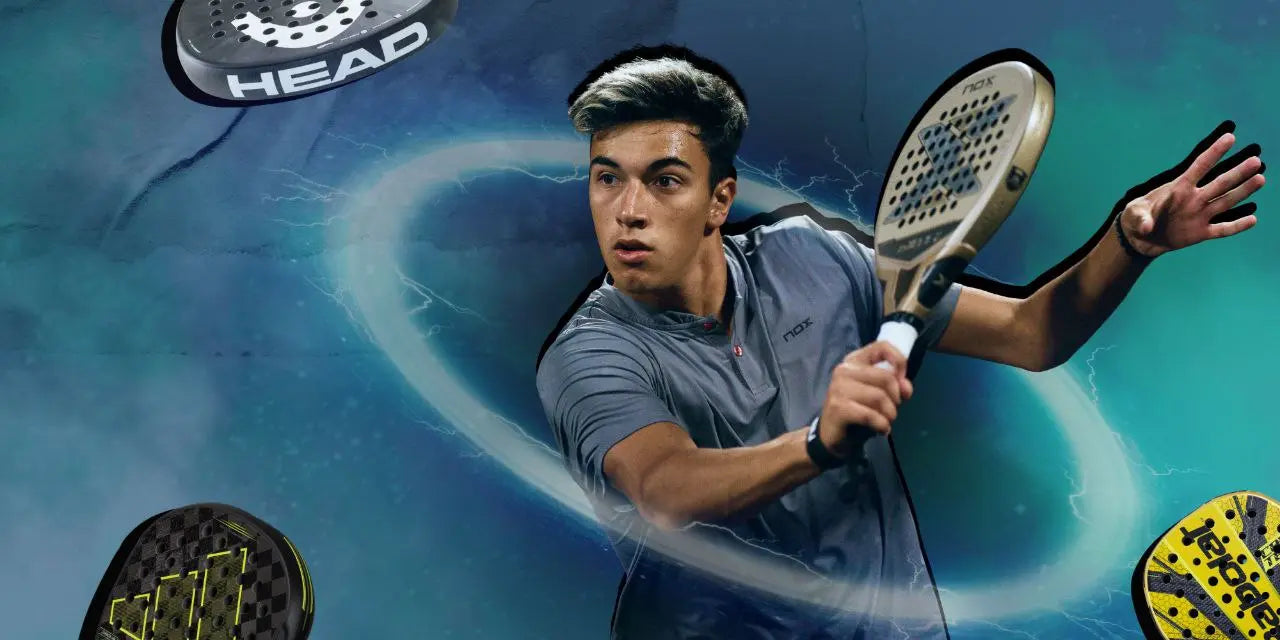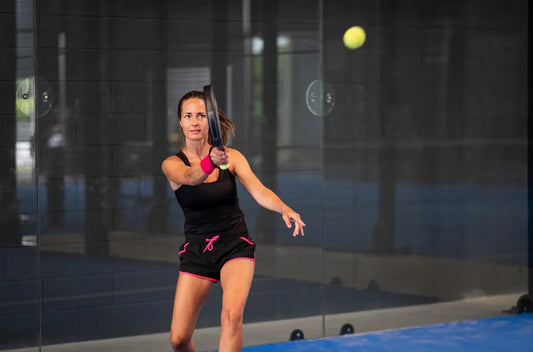As we discussed before, the inner core is probably the most important part of a padel racket. But as you will see today, you should never underestimate the outer core!
While the foam will determine the general behavior of a racket, the faces will have a big impact on the touch. In fact, a rigid outer core will give you a compact, hard touch, while soft faces will result in more comfortable sensations.
The two most common materials used for the faces of a pala are fiberglass and carbon, let's see what are their differences.
Fiberglass for more comfort
Fiberglass is known for its soft touch, which results in a lot of comfort and vibrations absorption. Since it acts a little bit like a spring, it will let the ball enter your racket and then get released with more energy. This means fiberglass results in very good output especially on counter-shots when you don't have a lot of time to prepare your strike. Thanks to all the aforementioned, fiberglass is the perfect material for beginners, players who experiment elbow pain, and those who like having longer contact with the ball. Nox ML10 Pro Cup Rough Edition is one of the most famous rackets that use a fiberglass outer core.
Carbon for compact shots
Being more rigid than fiberglass, carbon will bring you a harder touch that will result in more compact shots. Indeed, since the ball won't stay as much time in contact with the racket, you will have the possibility to put more power into your strikes and perform more precise shots. The compensation will be less comfort and vibration absorption. That's why carbon is often recommended to more advanced players and to those who do not experiment elbow or shoulder pain. If you primarily look for power, the new Babolat Technical Viper thanks especially to its 100% carbon structure and faces is probably one of the best options out there.
Mixing carbon with fiberglass...or other materials!
Sometimes you don't have to choose between fiberglass and carbon: you can have both! In fact, some brands like to mix them, in order to create versatile rackets that will have a softer touch than full carbon ones, and a harder touch than full fiberglass ones. It's the case of Babolat Air Veron for example.
Some companies also tend to use different materials that will add something else to the mix. It's the case of Head that puts graphene in their palas for extra rigidity and resistance, such as in the amazing Head Alpha Touch. Cartri puts kevlar in their rackets in order to make them more resistant. Thanks to this, the Shield Alpha is famous for being one of the most durable rackets on the market.
Now you know everything about the outer core of a padel racket, and can decide what material best adapts to your game!
